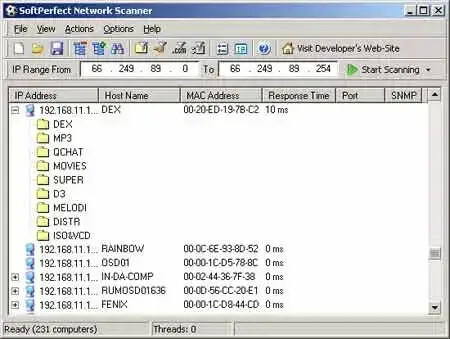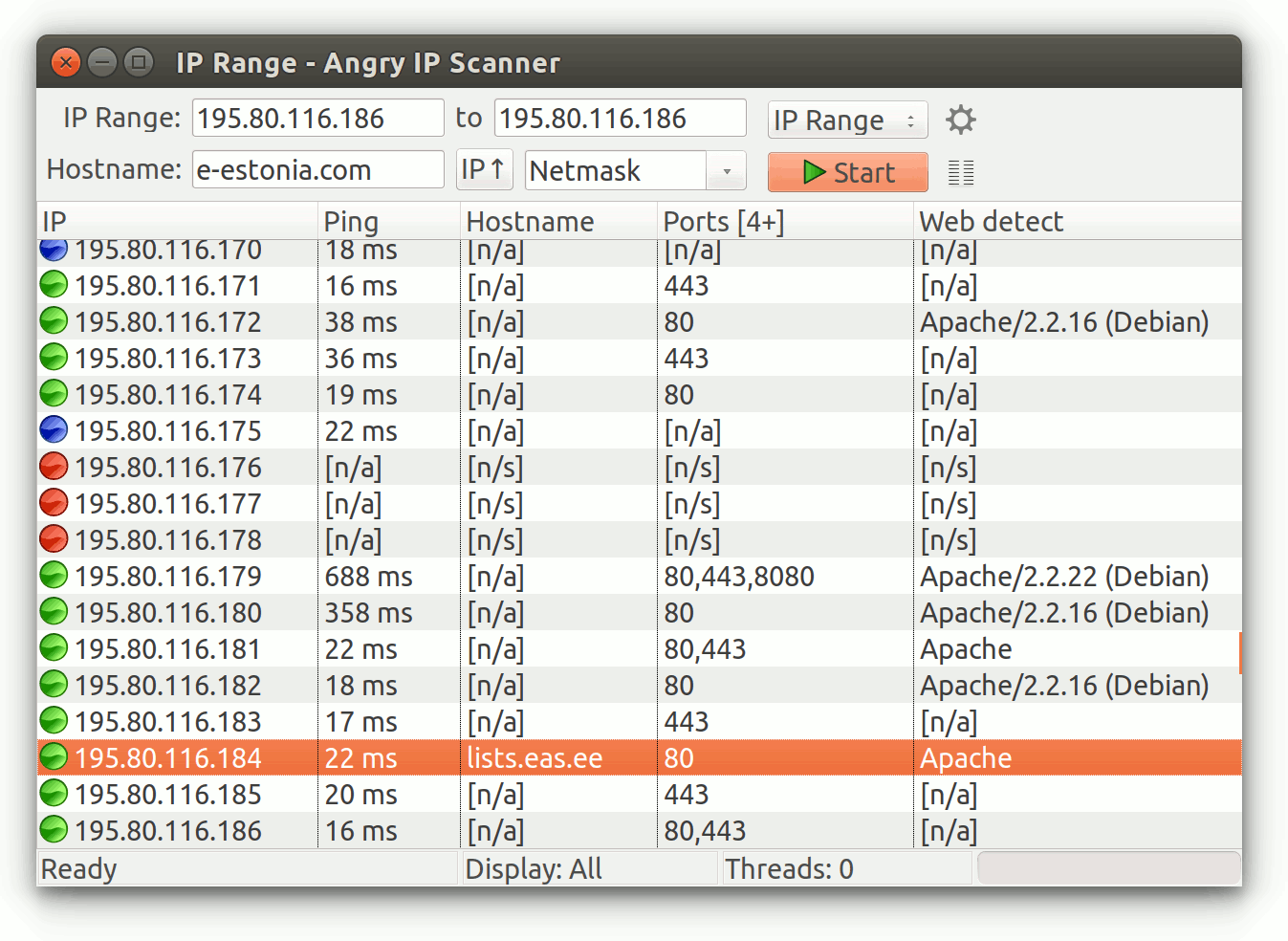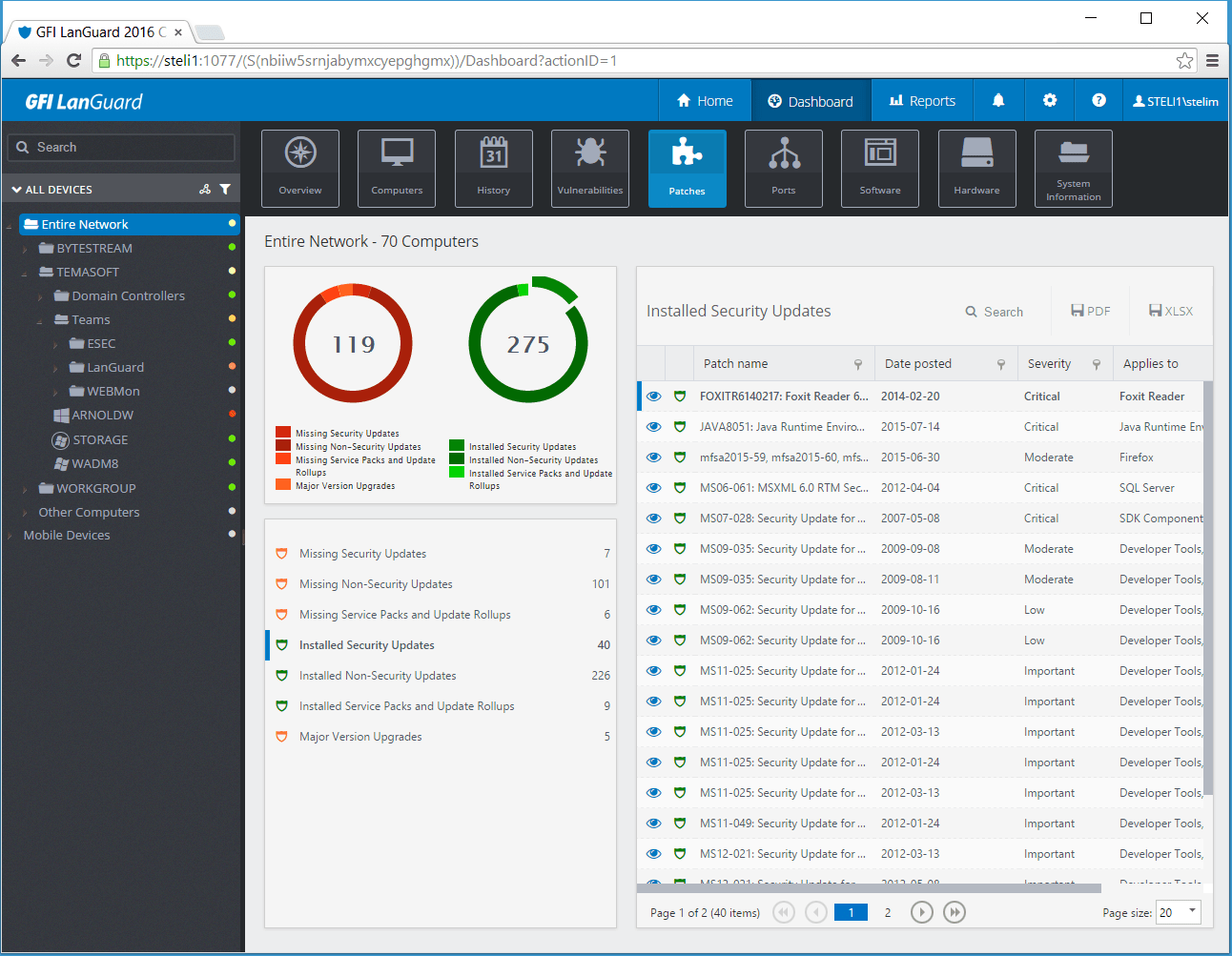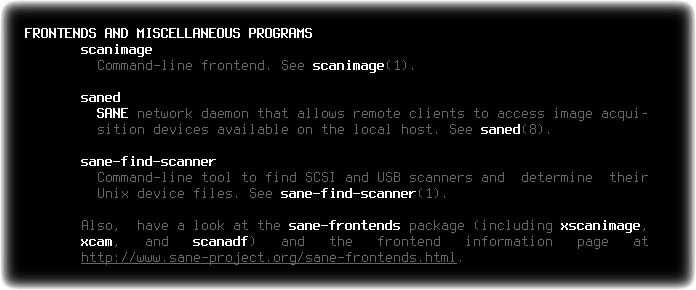

- #LINUX NETWORK SCANNER SANE INSTALL#
- #LINUX NETWORK SCANNER SANE DRIVERS#
- #LINUX NETWORK SCANNER SANE DRIVER#
To verify that your system uses UDEV, check for the presence of the directory /dev/.udev and see whether the udevd process is running with the command ps aux | grep udevd. If your Linux distribution uses UDEV for device node management - as most modern distributions do - you should reboot to ensure that the new udev rules for SANE are loaded and that you’re able to scan as a non-root user.

If ! id saned then groupadd saned useradd -g saned -G scanner -s /bin/false -d /dev/null saned fiĪdd your non-root user to the scanner group with the command usermod -a -G username scanner. If the saned user is not added by the package of your distribution, add it manually with the command: While you could run saned, the scanning daemon, as root, it’s better to run it as a less privileged user, saned, instead, to improve security. The output of this command should look something like the following:ĭevice `plustek:libusb:001:003' is a Epson Perfection 1260/Photo USB flatbed scanner When the installation is done, check that your scanner is detected by running scanimage -L as root. Documentation is provided in the source tarball. If you prefer building from source, it’s a trivial. In Debian and Ubuntu the package is called sane-utils Slackware and Arch simply name it sane. Packages and ports are available for most Linux and BSD distributions. We won’t use this package, because we can use one of the more advanced front ends for SANE more on that later.īegin by installing the sane-backends package. The frontends package contains graphical and CLI-based front ends for the scanning process.
#LINUX NETWORK SCANNER SANE INSTALL#
You’ll want to install this package on both the server and the clients.
#LINUX NETWORK SCANNER SANE DRIVERS#
The backends package includes scanner drivers and command-line interface (CLI) utilities for using the scanner. SANE consists of two packages, sane-backends and sane-frontends. If your scanner is listed, most of the job is already done. Check the project’s list of supported devices. Start with SANE (Scanning Access Now Easy), the scanning suite for Linux and other Unix-like systems. Save the money additional scanners would cost by sharing your scanner on your LAN. # Most Scanners connected to the parallel port or other proprietary portsīut the list provides this unmaintained backend.After hours of research and tweaking, all your computers are connected to each other and the Internet, and you can print your documents on a printer connected to another system - but you still must take a break when someone else wants to use the scanner connected to your system. # Not checking for parallel port scanners. Try scanimage -L and read the backend's manpage. # Your USB scanner was (probably) detected.
#LINUX NETWORK SCANNER SANE DRIVER#
# you have loaded a kernel SCSI driver for your SCSI adapter.Ĭould not fetch string descriptor: Pipe errorįound USB scanner (vendor=0x04b8, product=0x016c ) at libusb:001:004 If you expected something different, make sure that # scanner is powered up and properly connected to your computer. # result is different from what you expected, first make sure your

# sane-find-scanner will now attempt to detect your scanner. So If I just install the basic Repos which are provided sane sane-utils libsane-common I end up not being able to use the scanner, although it gets recognized.

The ES-50 is listed here: as supported but unmaintained. So I was looking into scanners imported by the SANE project. Epson doesn't provide official Linux drivers. I got a new Document scanner the Epson ES-50.


 0 kommentar(er)
0 kommentar(er)
